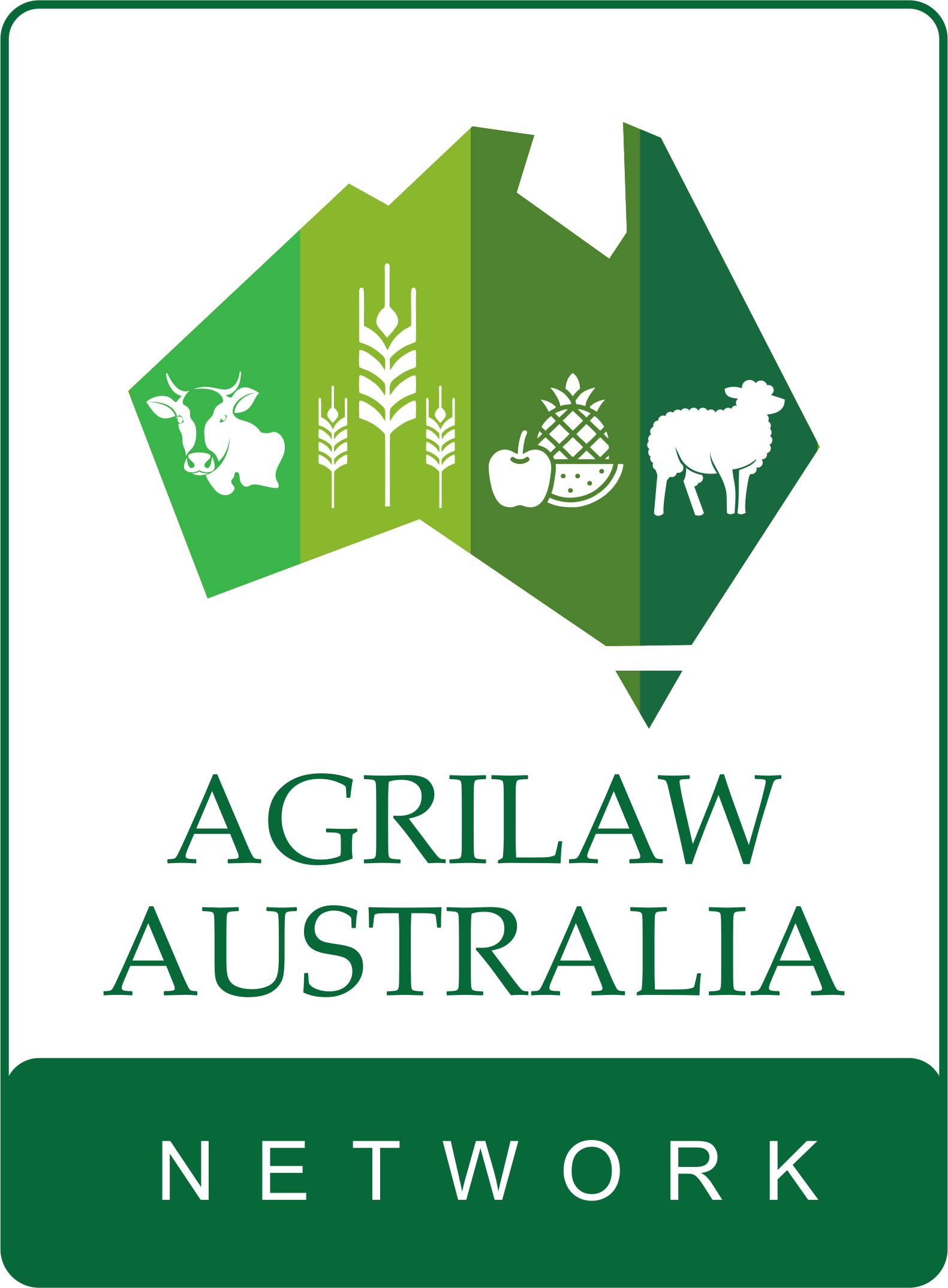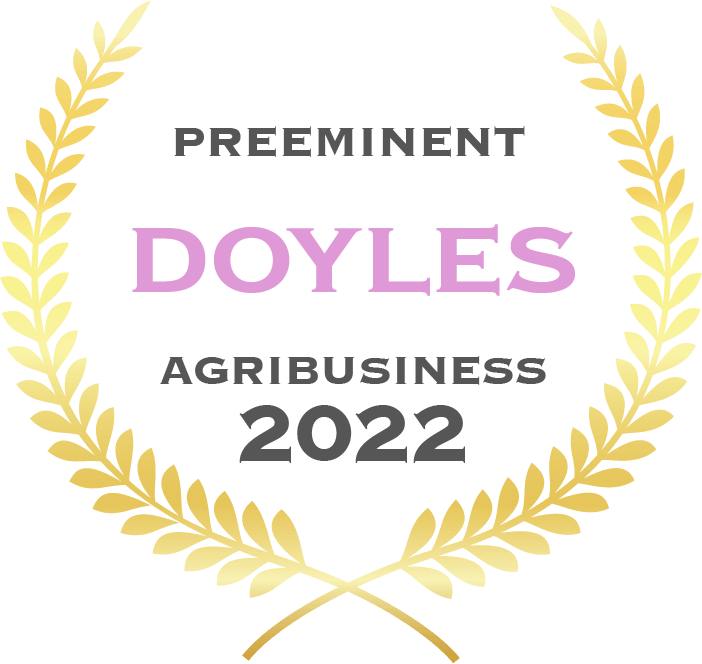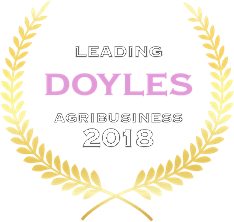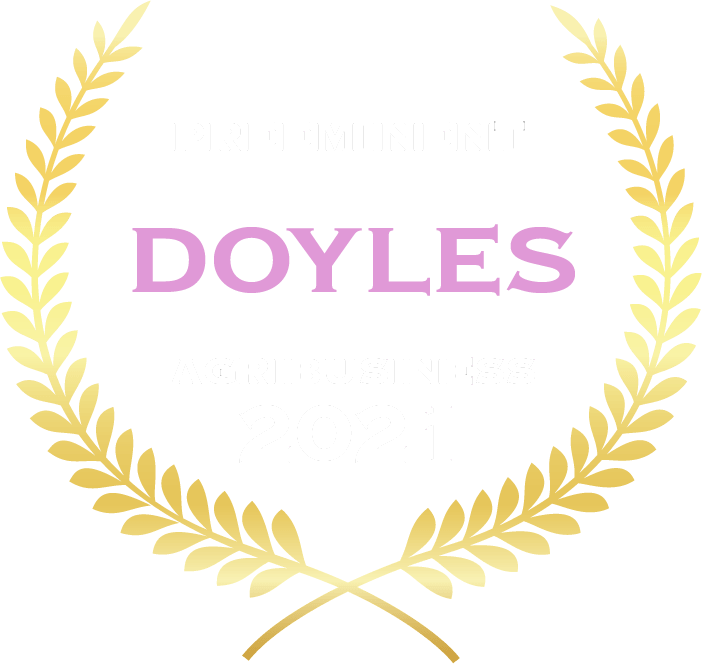Australian Broadcasting Corporation v SAWA Pty Ltd - Right to free speech and publication Case Notes
April 19, 2023
Author name
Video Surveillance of Alleged Animal Cruelty
In 2012 an employee of SAWA Pty Ltd secretly videoed activities involving what they believed to be potential animal cruelty offenses occurring on a cattle station in Western Australia. The videos showed the de-horning of cattle and one animal being put down. After providing the videos to the RSPCA, SAWA and one of their directors were charged with eight animal cruelty offenses.
The Magistrates Court determined that the videos were in breach of the Surveillance Devices Act because they were secret recordings of private activities and conversations, and would usually not be allowed to be shown as evidence. However, in the circumstances of the case the Court decided that the videos would be admitted as evidence despite being in breach of the Act, and they were played to the open court during the trial.
SAWA and the director were subsequently acquitted of seven of the charges and convicted of one; they appealed that conviction and were also acquitted.
ABC’s Application to Publish the Videos
After the appeal, the ABC applied to the Magistrates Court to gain a copy of the videos that had been shown as evidence. The Court approved the application. SAWA became aware that the ABC had a copy of the videos and began legal action to prevent the ABC from publishing the videos. The ABC then applied to the Court to gain permission to publish the videos.
The Surveillance Devices Act provides that recordings of private conversations and activities cannot be published if they came to a person’s knowledge as a result of covert or secret recording, except when a judge is convinced that publication should occur in order to protect or further the public interest.
The ABC argued that publishing the videos would further and protect the public interest by allowing for free communication and debate, especially surrounding the proposed changes to the Animal Welfare Act that are currently being discussed in Parliament. The ABC also claimed that publishing the videos would assist in preventing inhumane treatment of animals and would encourage general debate about animal welfare laws and standard farming practices in different states. ABC’s application was refused, and they appealed this decision.
Freedom of Speech
On the appeal the ABC argued, among other things, that the original judge made an error in the decision by not giving consideration to a legal principle that basically states that legislation should not be interpreted in a way that restricts our basic freedoms and rights. The ABC believed that the judge had to give consideration to the public’s implied right to free speech and that this right should have taken priority over other considerations. The Appeal Court disagreed, explaining that the purpose of the Surveillance Devices Act is to specifically protect against this type of publication and to prioritise free speech would go against the Act’s purpose.
Further, the Appeal Court found that the ABC did not necessarily need to publish the videos in order to achieve the purpose of protecting and furthering public interest. ABC could very easily report on the events that occurred in the video and encourage debate around changes to Animal Welfare law without the videos being shown. The ABC disagreed on this, arguing that images are powerful in informing public understanding of animal cruelty and animal distress and could not be adequately replaced by descriptions. The Court reasoned that the recordings would not positively enhance public understanding or debate on the issues to any significant degree.
Uncontrolled Publication
The Court also discussed concerns with allowing covertly recorded videos to be published in what is arguably an uncontrollable manner.
The ABC’s application to publish the videos laid out the purposes for which they believed publication should occur, as discussed above. Even if these purposes were considered valid, the Appeal Court expressed concern that the inability to control republication of the videos would cause damage to the privacy protections that the Act was designed to provide to the public.
The ABC may have followed the rules of how and why it would be given permission to publish the videos, but there would be no way to prevent others from republishing the videos for whatever purposes they wished. This would potentially destroy the protections that the Act was designed to provide. Republication via social media is common and it would be impossible for a Court to enforce any limitations on how or why the videos would be republished.
Conclusion
The right to free speech is seen by most Australians as a common law right with far-reaching implications. While Australian Courts have accepted that an implied right to freedom of political communication exists in our Constitution, that right is not one without limitations.
As this case has demonstrated, the Courts respect that the right exists and that it serves to further the public interest in understanding and engaging with political debate. However, legislation that also stands to serve the public interest in some manner – in this case privacy protection – should not be overlooked in order to extend that right beyond what is necessary.
Reporters have a variety of opportunities to engage the public in political debate and enhance public understanding, upholding the implied right to freedom of political communication. Publishing videos is not always necessary in order for that right to prevail and should not do so when it directly goes against the protections extended to the public by the Surveillance Devices Act.
For any questions or further information on the above please contact Philip Brunner on 0427 783 168 or email: phil@bailiwicklegal.com.au

The International Sustainability and Carbon Certification (ISCC) System has come to the attention of many Western Australian farmers recently, as the scheme has changed one of its policies regarding aerial spraying. What is the ISCC? The ISCC is one of the world’s largest voluntary sustainability certification schemes enabling participants to demonstrate they are producing materials in a sustainable way that meets or exceeds community expectations. In Australia it is widely used in the canola industry, enabling Australian canola growers to access the European biofuel market. CBH Marketing and Trading holds certification for the ISCC EU and ISCC PLUS programs, that cover canola, barley, oats, wheat and lupin, allowing WA growers to participate in both programs. Participating in the ISCC program can result in a premium on grain, however participants are subject to more stringent measures to satisfy sustainability accreditation requirements. Recent decision on aerial spraying ISCC Principle 2.6.2 prevents aerial spraying from taking place within 500 metres of a body of water. CBH has successfully lobbied for an exemption to this Principle, for farm dams and salt lakes of low ecological value. As part of its lobbying, CBH provided expert reports to the ISCC on the hydrology and ecology of WA farm systems. For farmers who are signed up to the ISCC program, this removes an obstacle during the season for weed management. The Principle does still require a 500 metre buffer for other bodies of water, including freshwater lakes, rivers, ponds or creeks. However, for those who farm yabbies and marron, this change may not be welcome. Marron and yabby farmers have noticed impacts on their populations where aerial spraying has taken place close to their properties, and aerial spraying can unintentionally damage natural vegetation, including young and old growth trees. For growers, it’s always prudent to follow best practice guidelines for aerial spraying to avoid spray drift – including monitoring weather conditions and the effect of water added to the chemical. For some farmers, this decision may prompt an examination of whether signing up to the ISCC program might be best for their business. In this circumstance, it is important to weigh up the potential benefits of the program compared to the sustainability accreditation requirements. For others, this decision is a timely reminder to stay up to date with best practice guidelines when it comes to spraying, particularly during the seeding season. For assistance with all of your agribusiness needs, contact Bailiwick Legal on 08 9321 5451 or email office@bailiwicklegal.com.au By Ciara Nalty (Solicitor) For further information about our legal services, please visit our website: https://www.bailiwicklegal.com.au The above information is a summary and overview of the matters discussed. This publication does not constitute legal advice and you should seek legal or other professional advice before acting or relying on any of the content.
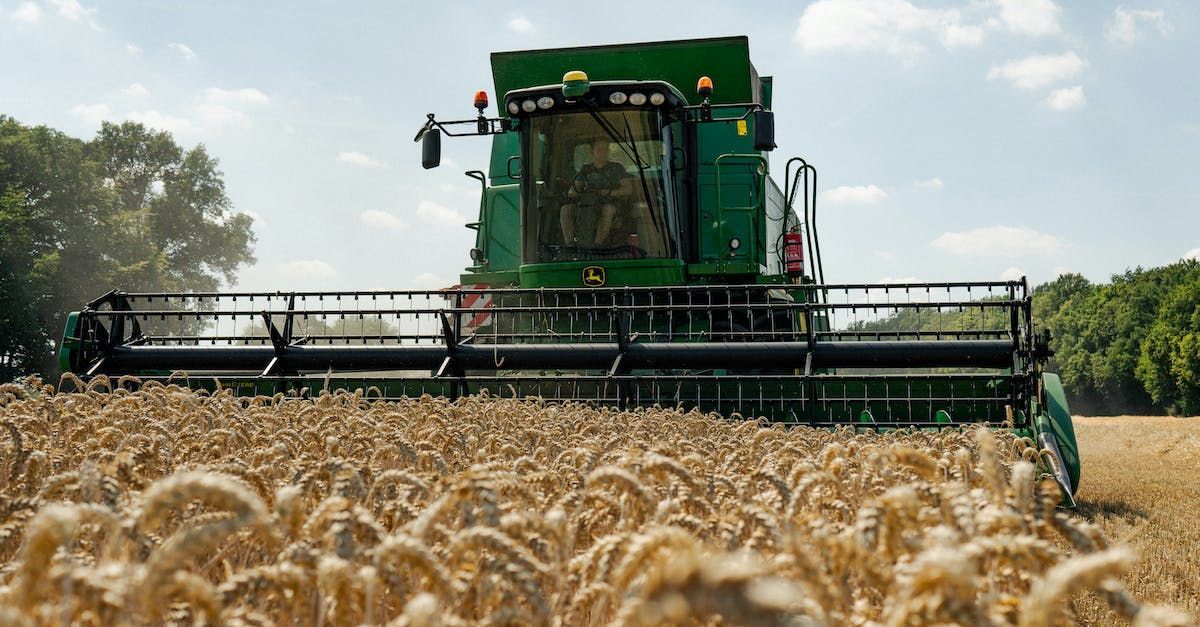
How does the Annual Wage Review affect workers and small business owners? Each year, the Fair Work Commission reviews the National Minimum Wage and the minimum wages set out in awards. Cost of living and inflation are front of mind for both employers and employees, and this year’s Annual Wage Review is likely to see an increase in the minimum wage and award rates. The Annual Wage Review is conducted by an Expert Panel, which takes submissions from interested groups, including the Federal Government, unions, and business lobby groups. The Federal Government’s submission to the Wage Review this year called for an increase to the minimum wage, though not specifying an amount. The Australian Chamber of Commerce and Industry has advocated for an increase of 2 per cent, at most. The announcement will likely take place in early June and any increase to the national minimum wage will take effect in the first full pay period on or after 1 July 2024. Failure to pay employees at least the minimum rate that is set out in an applicable award can result in penalties, including requirements for back pay and fines. The Fair Work Ombudsman uses its enforcement powers to issue compliance notices to employers, and recovered $14.8 million in unpaid wages in 2022-23. Small and medium businesses are subject to the same scrutiny as large businesses. For business owners, this is a timely reminder to review employment agreements and payments to staff. You should be conscious of which awards cover your staff members, as award rates for each level increase commensurate with the national minimum wage increase. It is also important to be aware of employee entitlements and set-offs, to ensure you are paying employees what they’re entitled to and avoiding future claims. If you are not sure what award your employee is covered by, have a question about employment conditions or require any other assistance with employment and workplace matters contact Bailiwick Legal on 08 9321 5451 or email office@bailiwicklegal.com.au . By Ciara Nalty (Solicitor) For further information about our legal services, please visit our website: https://www.bailiwicklegal.com.au The above information is a summary and overview of the matters discussed. This publication does not constitute legal advice and you should seek legal or other professional advice before acting or relying on any of the content.



